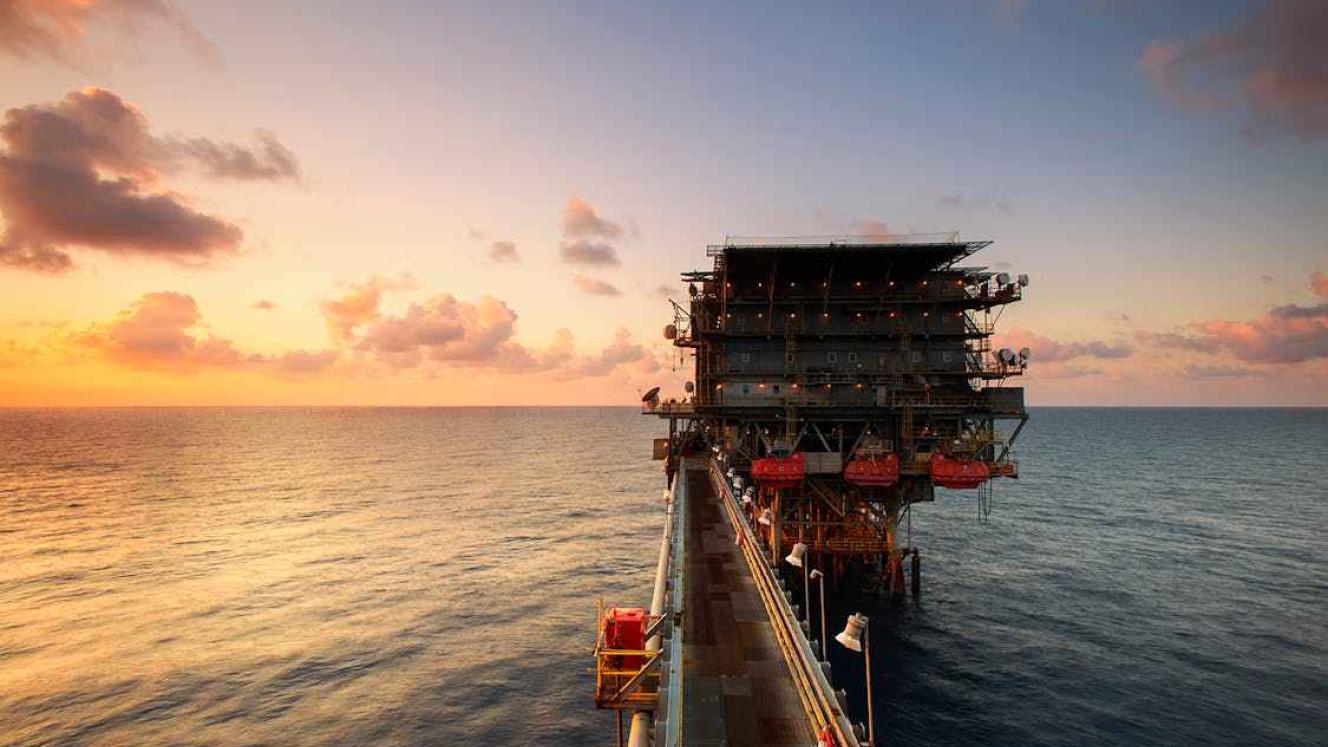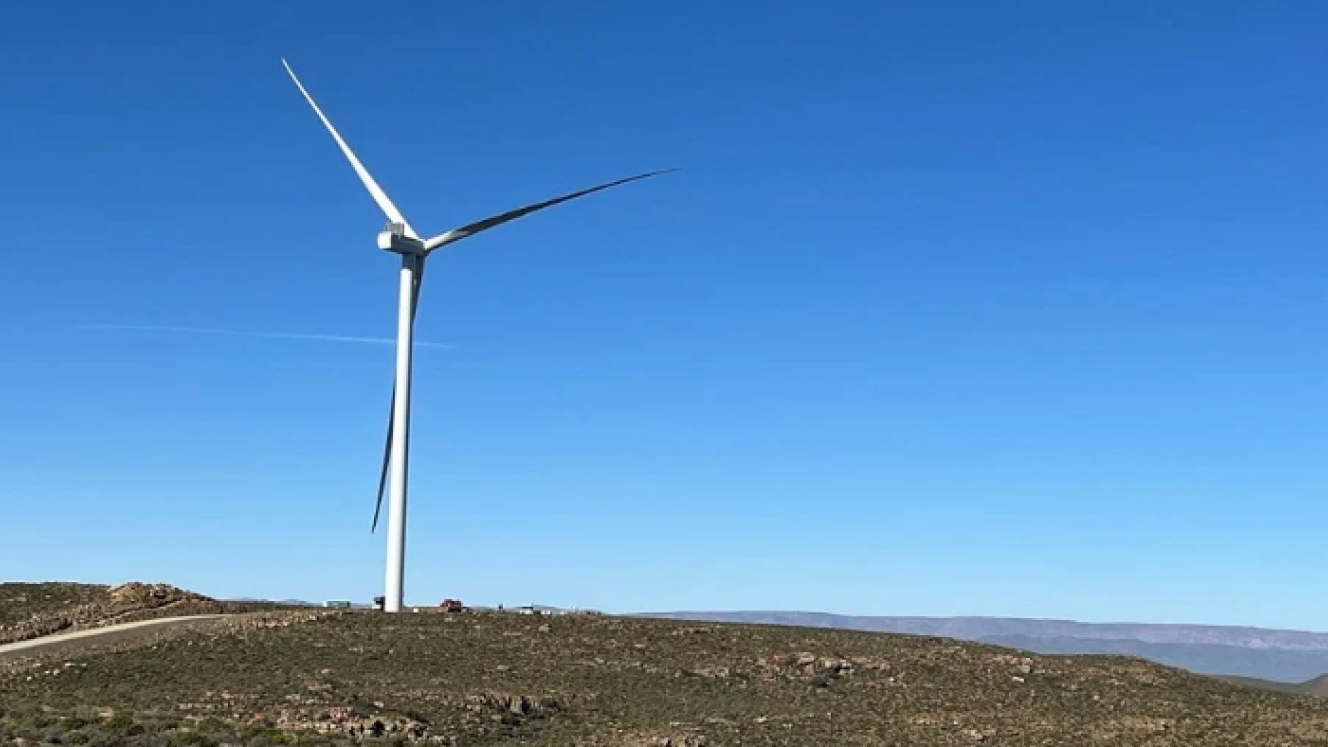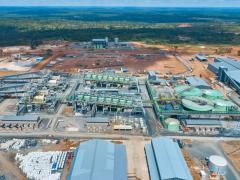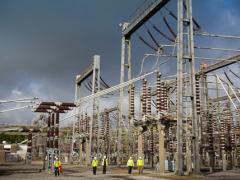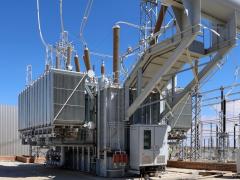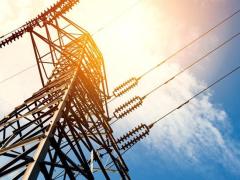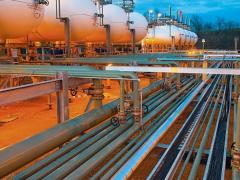Namibia is gearing up to invest a significant portion of potential revenue from a substantial oil discovery into a sovereign wealth fund, Finance Minister Ipumbu Shiimi said in a recent interview with the press.
The country is awaiting confirmation on the commercial viability of the oil find, with expectations of a final investment decision (FID) by the end of the year.
The recent oil discoveries by Total Energies and Shell off Namibia’s southern coast have prompted the launch of a sovereign wealth fund, marking a strategic move by the government to manage and allocate the anticipated oil revenue effectively.
The fund, widely viewed by energy sector executives as a strategic decision to properly channel and manage oil revenue into a sovereign wealth facility underscores Namibia’s commitment to prudent financial management and sustainable development, he said.
Speaking to Energize’s sister publication, Freight News, during a visit to the Port of Walvis Bay, Anton Pretorius, the Group CEO of Logistics Support Services, said the work that Shell and Total were busy with along the coast of Namibia had all the signs of proceeding from the initial exploration and appraisal phase to progressing to FID. It would signal the start of the long-awaited development phase, he said.
Although the technical and financial feasibility studies are a drawn-out process, the development phase could add another five years to that timeline before production starts to flow, Pretorius said.
He added that the FID development, coupled with the eventual production, could transform Namibia’s GDP.
“Considering only Total for the moment, bear in mind that 50% of their entire global exploration budget is currently going to Namibia. They wouldn’t be doing that if they didn’t have high expectations for the discovery.
“Oil and gas development has a fairly long timeline, but when it finally comes on stream, it has the potential to grow Namibia’s GDP by up to 30%.”
If energy development takes off as predicted, its fiscal potential could equal the combined GDP contribution of the country’s existing economy, driven mainly by metallurgical and agricultural activity.
